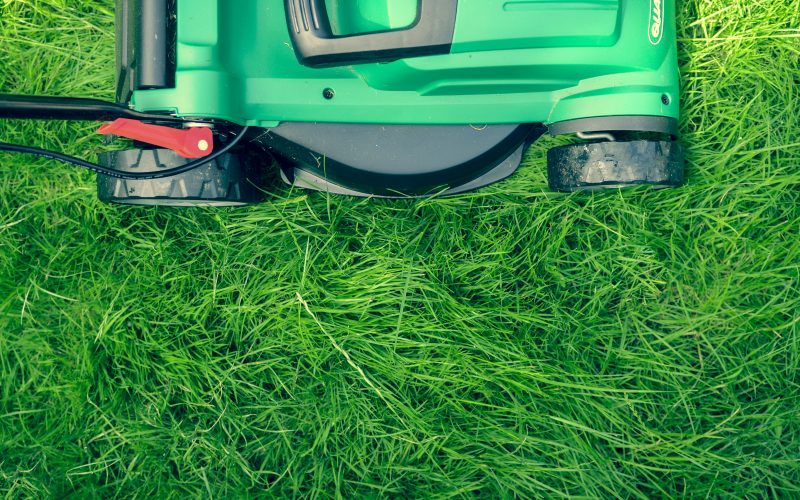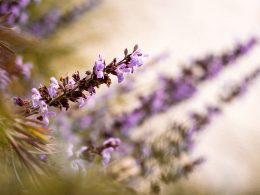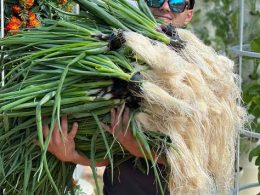As interest in alternative medicine and natural remedies continues to grow, more people are turning to medicinal plants as a way to support their health and wellness. Whether you’re dealing with chronic pain, anxiety, or digestive issues, there are many plants that can help alleviate your symptoms and improve your overall well-being.
One of the best ways to access these medicinal benefits is by growing your own plants at home. Not only is it a rewarding experience to cultivate your own medicine, but it also gives you greater control over the quality and potency of your remedies. Here are some tips for growing medicinal plants and incorporating them into your wellness routine.
Choosing the Right Plants
There are hundreds of different medicinal plants to choose from, each with its own unique benefits and growing requirements. Some popular options include:
- Lavender: Known for its calming properties and ability to promote restful sleep
- Echinacea: A powerful immune booster that can help prevent and treat colds and flu
- Ginger: A natural anti-inflammatory that can help relieve pain and improve digestion
- Chamomile: A gentle herb that can help ease anxiety and promote relaxation
When selecting plants, be sure to choose varieties that are well-suited to your climate and growing conditions. Some plants, like lavender, prefer dry, sunny conditions, while others, like chamomile, thrive in cooler, moister environments.
Cultivating Your Plants
Once you’ve selected your plants, it’s important to provide them with the proper care and attention. Medicinal plants can be grown in containers or in a garden bed, depending on your space and preferences.
Make sure your plants have access to plenty of sunlight, water, and nutrients. Many medicinal plants prefer well-draining soil and may benefit from the addition of compost or other organic matter.
Harvesting and Using Your Plants
As your plants grow, you can begin to harvest them for use in your wellness routine. Different plants will require different harvesting methods, so be sure to research the specific needs of each plant.
Some plants, like lavender and chamomile, can be dried and used to make tea or tinctures. Others, like ginger and turmeric, can be grated or chopped and added to meals for their anti-inflammatory properties.
It’s important to remember that medicinal plants are not a substitute for professional medical advice and treatment. Always consult with a healthcare provider before using any new herbs or supplements.
Incorporating Medicinal Plants into Your Wellness Routine
Once you’ve harvested your plants, you can incorporate them into your daily routine in a variety of ways. Some ideas include:
- Adding dried herbs to your tea or bath
- Making homemade tinctures or salves
- Using essential oils in a diffuser or massage oil
- Cooking with fresh herbs and spices
By growing your own medicinal plants, you can take control of your health and well-being in a natural and sustainable way. Start with a few easy-to-grow herbs and see how they can support your overall wellness.
I hope this article provides a helpful starting point for your piece. Let me know if you have any additional questions or if there’s anything else I can assist you with!












